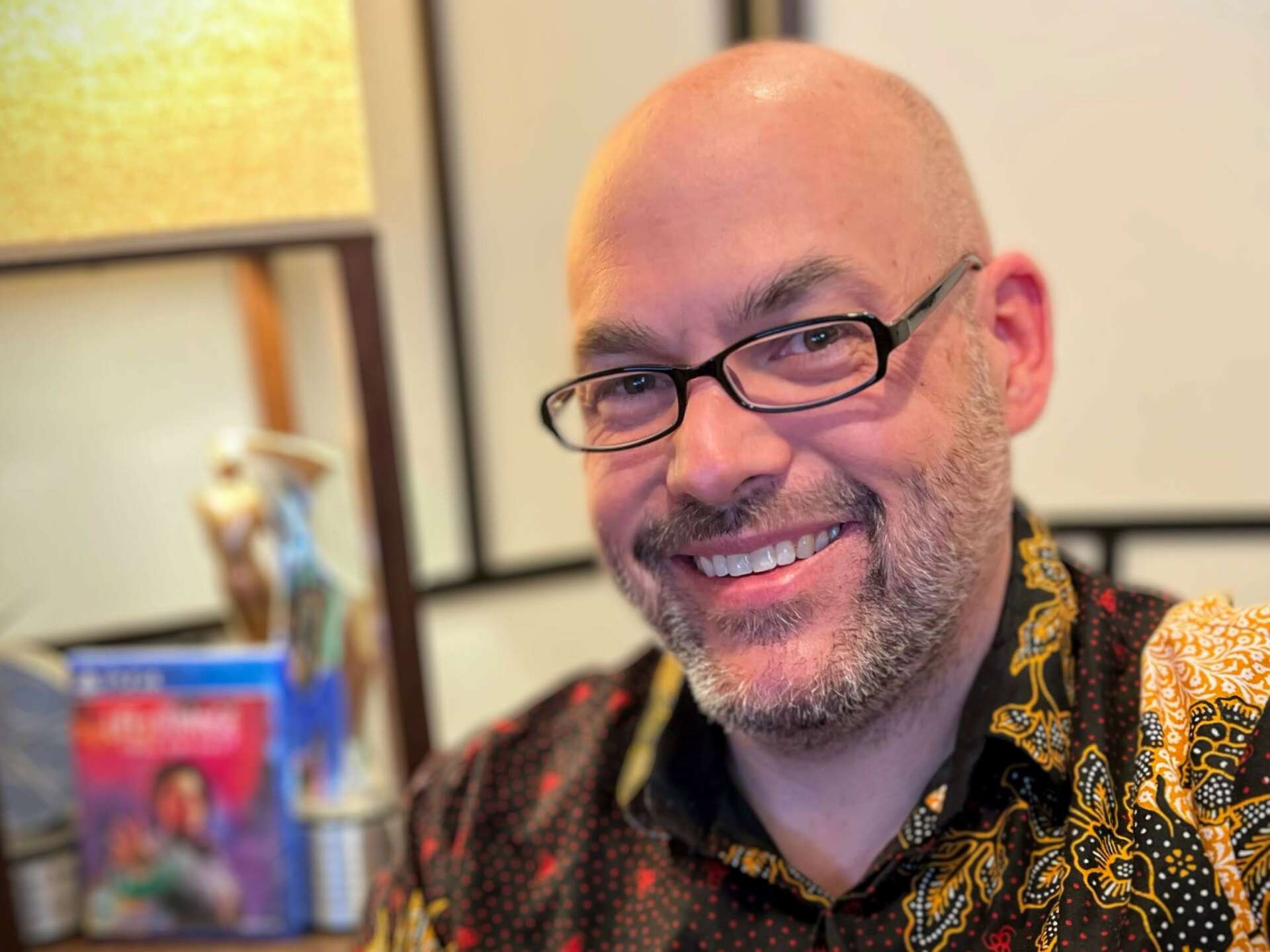We recently connected with Webb Pickersgill and have shared our conversation below.
Webb, thanks for taking the time to share your stories with us today Can you open up about a risk you’ve taken – what it was like taking that risk, why you took the risk and how it turned out?
Now that I look back, I’m surprised how much risk I’ve taken over the years. It has taken a long time, but it has payed off.
Immediately after college, from 1995 until 2005 I had a wonderful, stable, high-paying career as a systems engineer and programmer, and I was on a track to higher management. All I had to do was stay put and climb the corporate ladder, but the problem was I wasn’t satisfied creatively.
The first risk I took was when I left the comfort of that 10-year career to become a filmmaker. I jumped in with no experience. It was going to be challenging to be a filmmaker, so the more practical approach was to start a video production business. I could then produce corporate videos and commercials during the day and then using the same equipment, make independent films on the nights and weekends. It worked out great. The films were mostly low or no budgets, but they filled my creative soul. Producing commercials and videos for corporate clients was the bread and butter financially. However, it turns out I was a pretty poor businessman. I found myself taking jobs just because they seemed like they’d be fun, or allow me to do something unusually creative… I did not necessarily pick the highest paying jobs, and my bank account did suffer over the years for those decisions. I absolutely loved all my experiences as a filmmaker and video producer. I wouldn’t trade those experiences for anything. Still, I can’t overstate how hard it was financially for me during that time.
The next risk was the decision to “up my game” as a filmmaker by moving from Phoenix, AZ to Los Angeles. I figured it was time to go big or go home. My family moved out to LA in 2012, and I immediately tried to work myself into the film scene there. I’ll be honest, it was brutal. I loved what I was doing, the people I was meeting, the projects I was working on and I was feeling very creatively fulfilled. However, my bank account was not loving it. That took a toll on me and my family. Ultimately after spending 10 years making films and videos, I made the conscious decision to give it up and go back into I/T. I sold all my film equipment, and we decided to move.
Cue up the next risk. Since I was giving up filmmaking and getting a “normal” job, we decided we could move the family anywhere. So, we got out a map and started talking about where we wanted to go. After weighing several factors, reading many articles and doing much research, we settled on a small town outside of Boulder, CO called Louisville. It was apparently rated in one article as one of the best places to raise a family. The general area was known for high-tech jobs and my strategy was to re-enter the tech industry again. We packed up our belongings and moved sight-unseen to an apartment in Louisville. 3 months straight I struck out with every tech job I applied for. The feedback I was getting is that despite my 10 years in the industry, the 10 years I spent away from the industry had somehow rendered my skills obsolete. Even though I thought it was not true, it was nonetheless demoralizing and I hit the lowest point ever. I was stuck. Failed creative, and now failed at just trying to get a normal job.
On a whim I did a search for “cinematographer” in the area and I discovered there was a local video game company that was making a narrative adventure game who was looking to hire a “Lead Cinematic Artist.” The job description read like a culmination of all the life experiences I’ve ever had. The position joined together my cinematography, editing, and directing experience with my strong technology and programming background. The real kicker: the studio was across the street from the apartment we blindly rented. I walked to the interview, and subsequently to work every day. It was truly kismet.
I’ve now been in the video game industry going into my 10th year. I still am willing to take strong risks. I don’t always win with all of them. I do however, always win the experience which gives me the knowledge I need to carefully consider my next big decision.

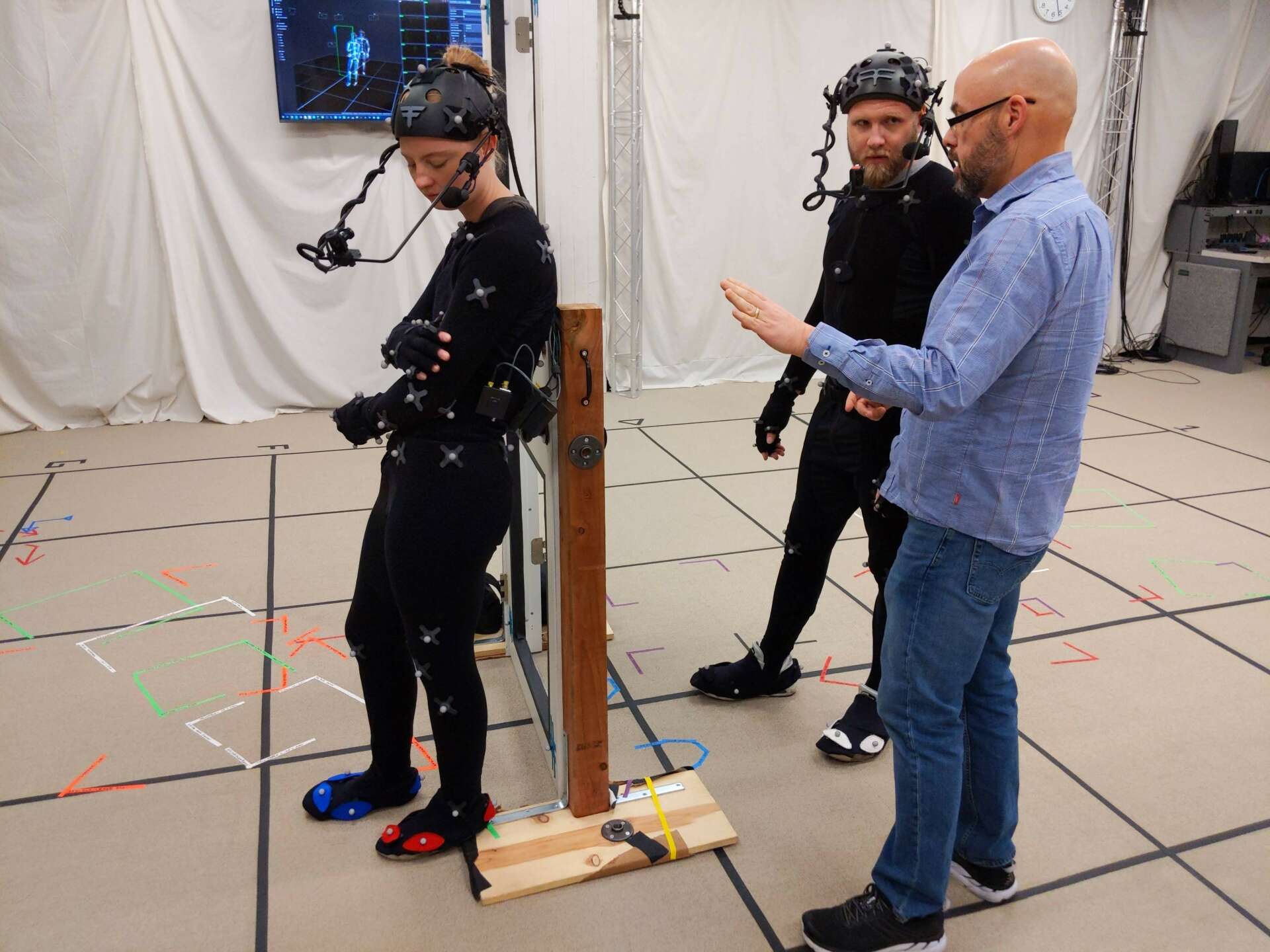
Great, appreciate you sharing that with us. Before we ask you to share more of your insights, can you take a moment to introduce yourself and how you got to where you are today to our readers.
I currently am working as the Motion Capture Director for Deck Nine Games in Westminster, CO. We have released several games including Life is Strange: Before the Storm, Life is Strange: True Colors, and The Expanse: A Telltale Series. With my broad background in music, technology, and film, I am so excited that my job allows me to wear many different hats. One hat: at the studio level I am responsible for the entire mocap pipeline. I make sure the motion capture stage, equipment, and software pipeline are all working at 100% for any project we might be working on. The other hat: For specific projects I get to work with actors creatively in “film director mode”. For example the narrative adventure game project like Life is Strange: True Colors, I got to work with actors on the mocap stage to direct the final performances you see in the game. Both Erika Mori, who played Alex Chen, and Han Soto, who played Gabe Chen, each earned a 2022 BAFTA nomination for their performances. That honor continues to be the highlight of my career so far. In all, this job allows me to scratch both sides of my brain, and I’m thankful because they’re both constantly itchy.
The technology required for mocap includes using a Vicon optical body capture system, a Faceware facial capture system. These parts are captured separately, processed with separate software, and then re-assembled with the actor’s original audio back into the final animation you see in the game. What could go wrong? Haha. It’s like a clock with 100 cogs, and on any day any one of those cogs can break. Part of the job is understanding the cogs so well that you can identify the broken cog and fix it as quickly as possible. That is all in service of what we currently have in production. Then there’s the challenge of integrating new technology. Motion capture technology is still evolving quite rapidly, so we have to constantly be evaluating new solutions and figure out if it can help us produce it faster, less expensively, or at a higher quality. The challenge never ends. All of that effort is done so that it can allow me to do the other half of my job with as much creativity as possible.
Directing actors performances is always the highlight of my day. My goal as a director is to get you to forget that you’re looking at a digital character on your computer, and get you to invest emotionally in the outcome of the story you’re playing. Achieving that creative goal can be extraordinarily challenging. We constantly joke about the process of writing and production of narrative cinematic adventure video games. We equate it to being on a runaway train, screaming down the track at 100 miles an hour, while the track is being laid in front of you just in time, and the back end of the train is constantly on fire. Logistically setting and keeping a shooting schedule is a relentless task for my team for a production that can easily last over 2 years. I’m constantly reading scripts, breaking them down and figuring out how I’m going to turn words on a page into animations that contain compelling emotional performances. Sometimes it can be as simple as working with the cinematics team to decide on stage direction and blocking that will enhance the cinematic experience. It can also be as complicated as understanding how the emotional direction of the scene might be affected by a previous scene that may not have been written yet. I am always thinking about the final product and how every creative decision I may make can affect the final player experience. How do I make that experience great?
At the end of the day I aim for our audience to love the characters so much that you want to keep coming back for more.
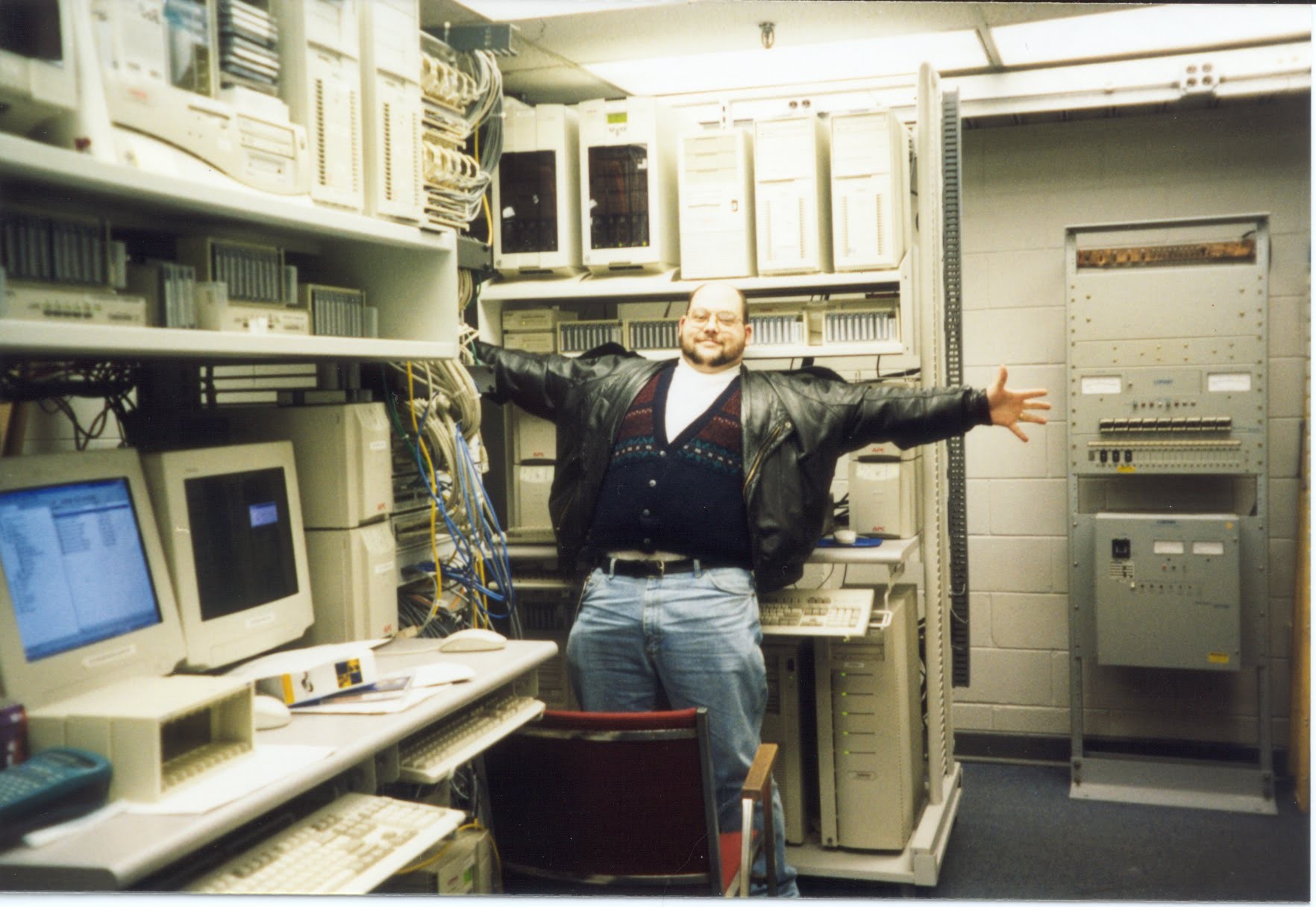
Is there a particular goal or mission driving your creative journey?
I have always wanted to make things. I’m thankful for the variety of creative experiences I’ve had over the years. Making games on my Commodore 64 in middle school. Making music with my electric bass with a band or writing music at home. Making software that helps people do their jobs better. Making beautiful cinematography that enhances the story. Making films that get people to think differently about something. Making three wonderful children that I hope will go out into the world and continue to make great things themselves. Okay, that last one is a little tongue in cheek. Still true.
That all being said, those experiences have slowly brought me into focus over the years. If you were to ask me today: I want to create and tell stories. Going forward, it’s about understanding the human connection and creating content that can leverage that human connection to help others. What does that mean exactly? I don’t know. I look forward to figuring it out though.
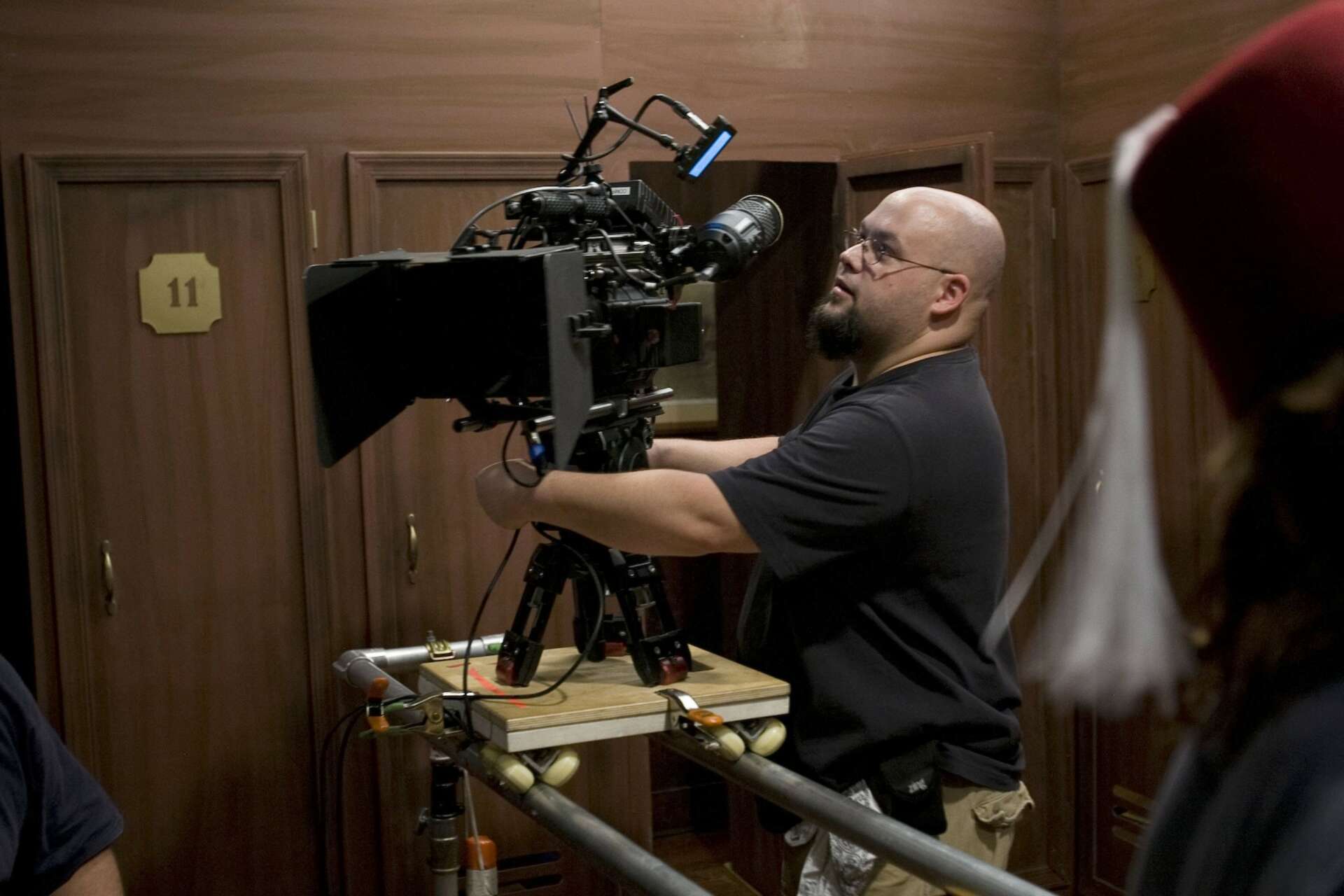
Are there any books, videos, essays or other resources that have significantly impacted your management and entrepreneurial thinking and philosophy?
Oooh. So many to list, such little time. Let’s see.
First, if you’re looking for a way to capture and catalogue your ideas and thoughts and have them on-tap as a perpetual creative engine, look into the concept of a “Second Brain”. You can check out the book “Building a Second Brain” by Tiago Forte, it’s a fast read. I am a technoholic, so I have experimented with many, many systems to help me capture and organize my creative ideas over the years. I now exclusively use “Obsidian” (https://obsidian.md/). I use it to journal, document, manage tasks, track projects, and write anything creative, interconnecting my thoughts in an perpetual web of ideas. Where “Second Brain” is the philosophy, Obsidian is the actual software to implement that philosophy however you like.
As a creative, you will always find specific books in your field to make you better at specific things. Instead of just getting better, I urge you to learn how to get better about getting better. I bring you Personal Knowledge Management (PKM). Creatives are notoriously bad with organization and general task management. I recommend “Atomic Habits” by James Clear, as well as David Allen’s “Getting Things Done”. Even though email is slowly being replaced by systems like Discord and Slack, I also highly suggest looking into the concept of “Inbox Zero”, specifically the lecture that Merlin Mann gave to Google in 2007 (https://www.youtube.com/watch?v=z9UjeTMb3Yk). It will help you reclaim your inbox so you can get back to doing what you love! Overall, use these resources so you can learn how to get out of your own way so you can be a creative juggernaut.
With the wide variety of experiences and careers I’ve had, I consider myself a generalist. In a world that seeks specialists, I’ve always felt this was some sort of disability. I honestly now see it as a super-power after reading “Range” by David Epstein. If you also consider yourself a “Jack of all Trades”, this is a must-read.
My final recommendation is the book “The Art of Game Design” by Jesse Schell. Wait! Don’t write this off because you’re not in the game industry. While there are some industry-specific take aways, a majority of the book can be applied to many creative fields. It gets you to look at your work through different “lenses” to help you identify how it can be improved.

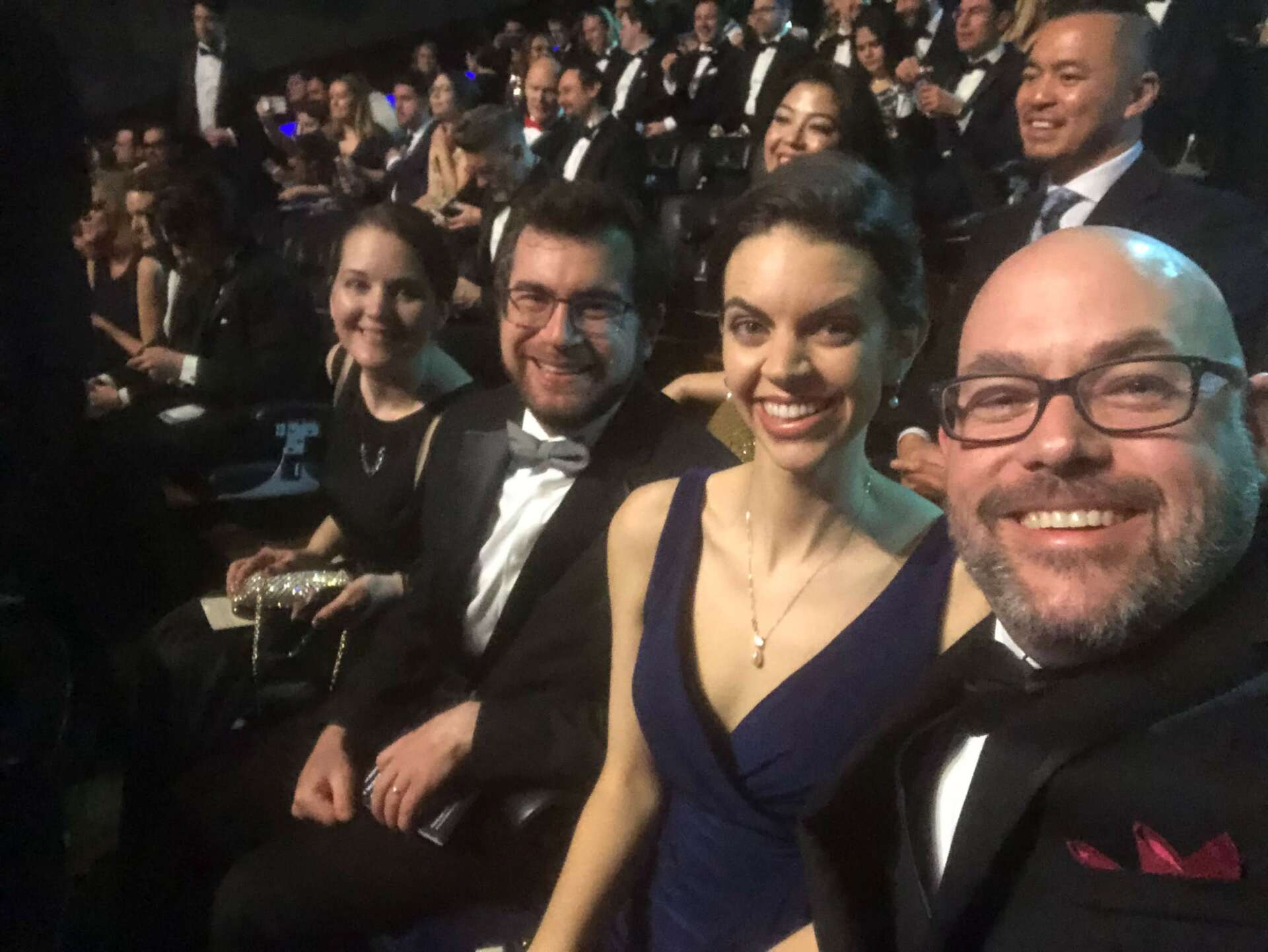
Contact Info:
- Website: https://www.webbpickersgill.com
- Facebook: https://www.facebook.com/webb.pickersgill
- Linkedin: https://www.linkedin.com/in/webbpickersgill/
- Twitter: https://twitter.com/webbpickersgill
- Other: https://www.deckninegames.com https://www.imdb.com/name/nm2167546/


